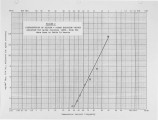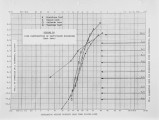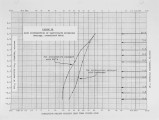| Title |
Dioxin, Furan, Particulate, and Trace Metal Emissions From Municipal Refuse Incinerators |
| Creator |
Beychok, Milton R. |
| Publisher |
University of Utah |
| Date |
1987 |
| Spatial Coverage |
presented at Palm Springs, California |
| Abstract |
Disposal of municipal refuse is becoming a major problem for many areas of the nation. As one possible solution of that problem, largescale incineration of municipal refuse has been proposed and many such proposals are under active consideration by various cities. In fact, many of those proposals are currently seeking regulatory approvals and permits. Thus, much effort is being devoted to evaluating .the public health and environmental impacts of refuse incinerators. Reluted to such efforts, there is a need for reliable data on the emission of air pollutants from refuse incineration. To that end, the purpose of this paper is to present a reliable data base of the dioxin, furan, particulate and trace metal emissions from municipal refuse incinerators. The emission data presented herein are based on over 30 published reports of refuse incineration emission testing programs conducted in Europe, Japan, Canada and the United States during the past 7-8 years. A total of 170 individual tests at 28 different incinerators were involved in the various published reports. |
| Type |
Text |
| Format |
application/pdf |
| Language |
eng |
| Rights |
This material may be protected by copyright. Permission required for use in any form. For further information please contact the American Flame Research Committee. |
| Conversion Specifications |
Original scanned with Canon EOS-1Ds Mark II, 16.7 megapixel digital camera and saved as 400 ppi uncompressed TIFF, 16 bit depth. |
| Scanning Technician |
Cliodhna Davis |
| ARK |
ark:/87278/s6z03bqw |
| Setname |
uu_afrc |
| ID |
3948 |
| Reference URL |
https://collections.lib.utah.edu/ark:/87278/s6z03bqw |


























